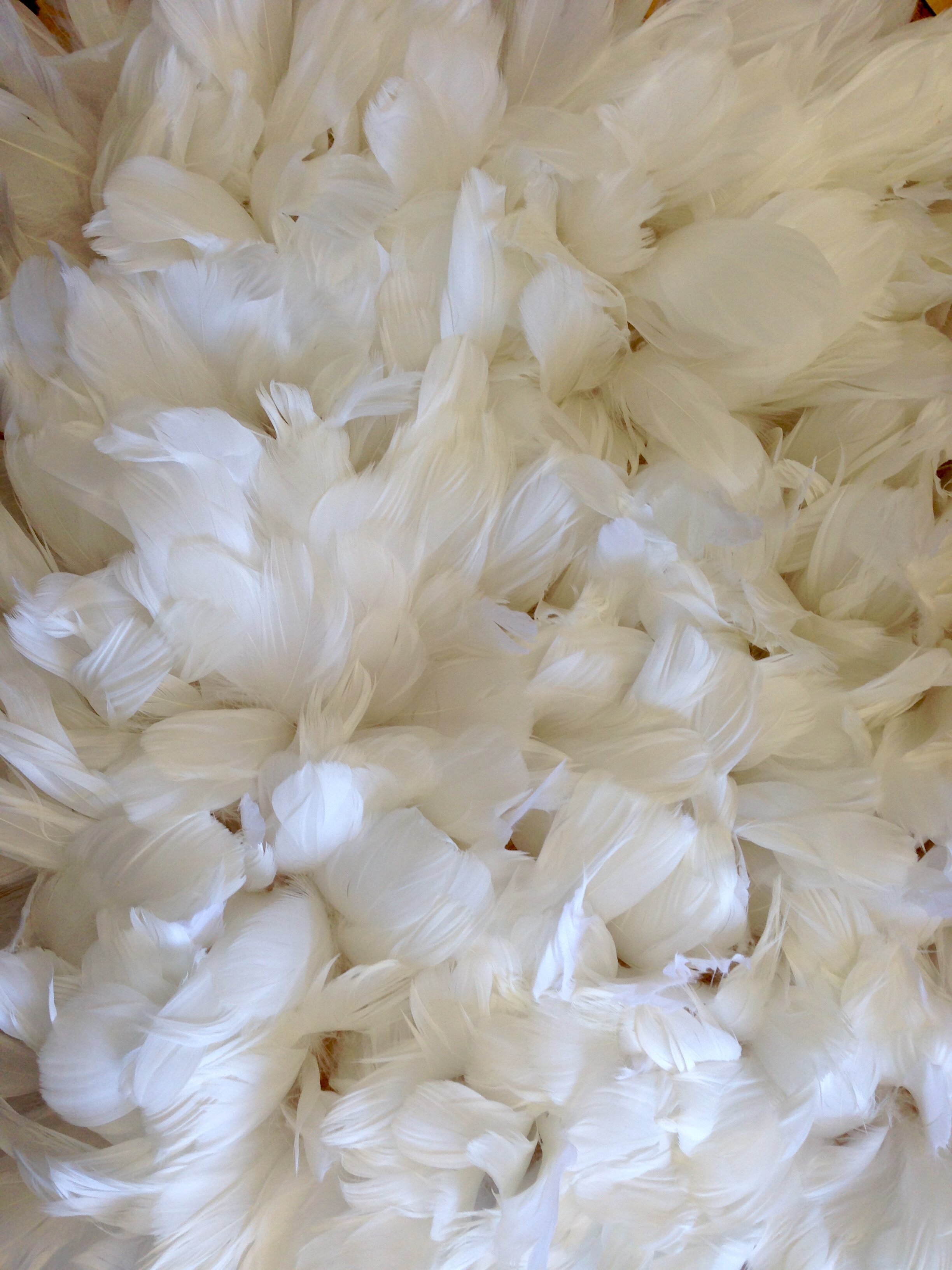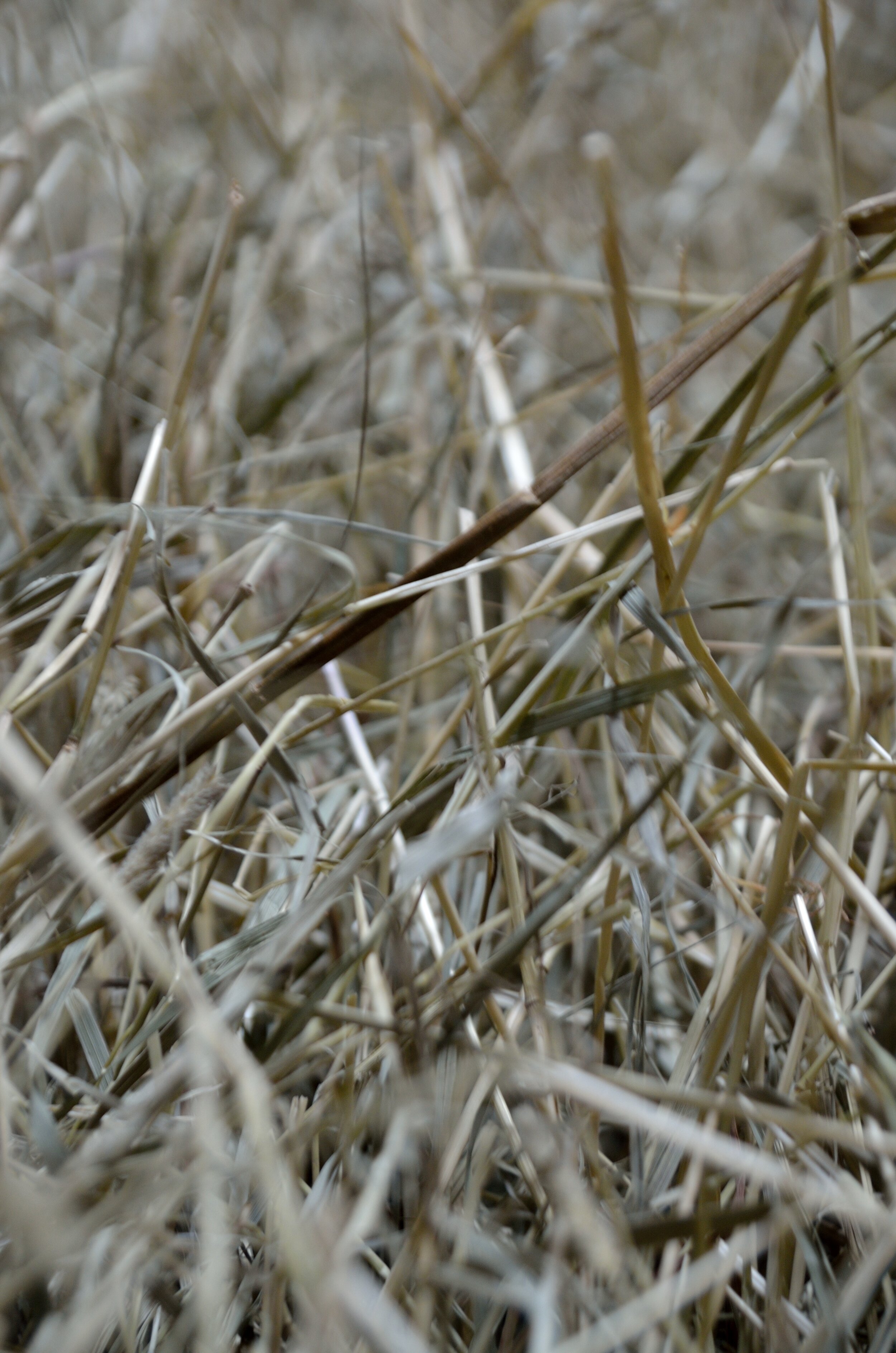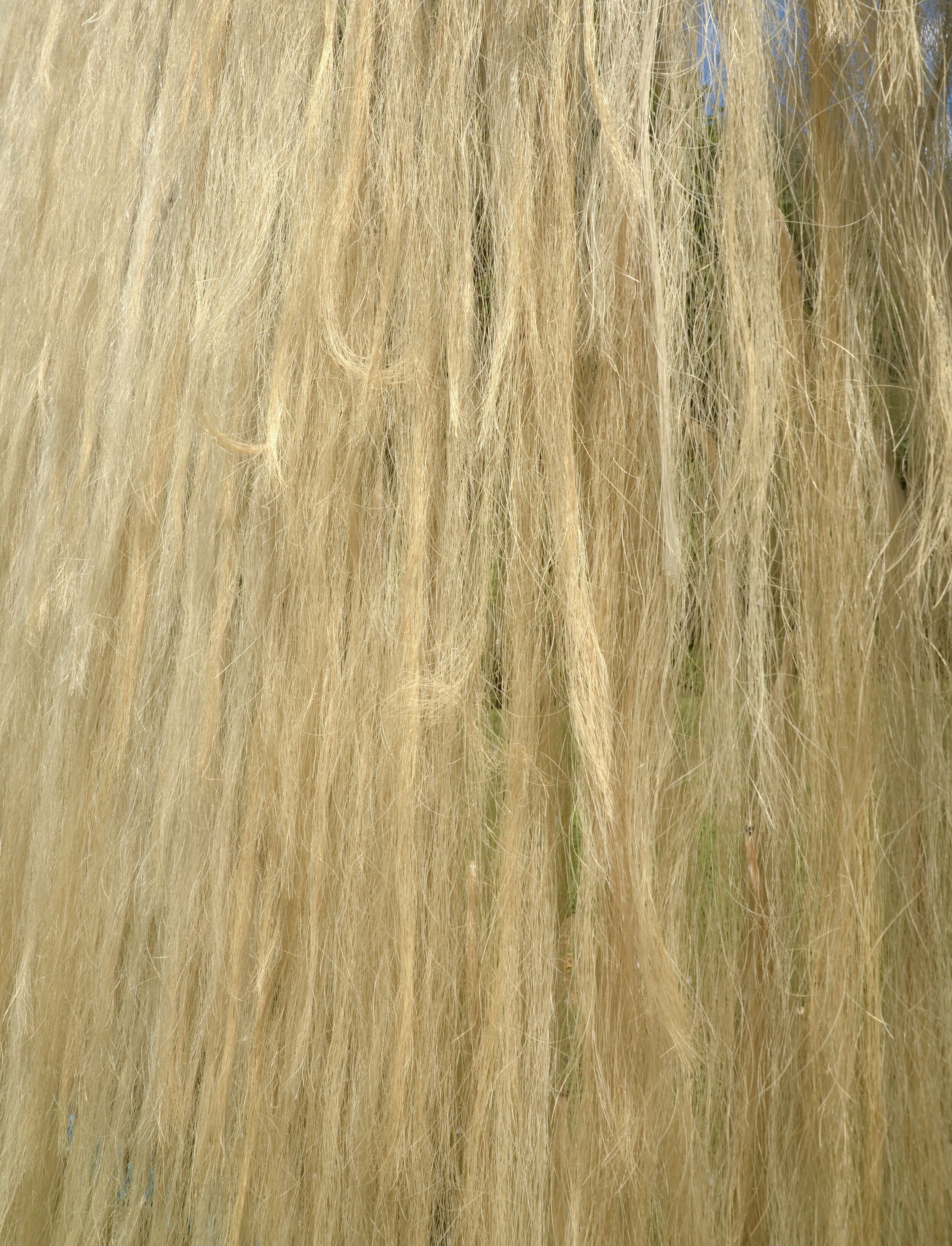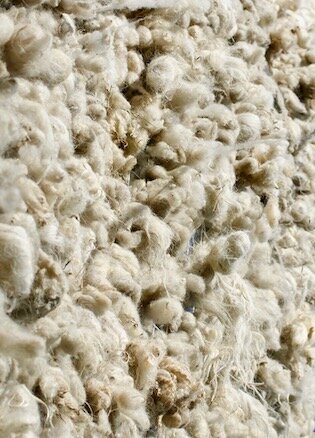As creatives during this time of anthropogenic environmental change, we do not have time to be subtle in our work. We need to use our creative platform to awaken the public by shining a light on possible creative solutions. Creating opportunities within one’s own community to gather all sectors of society and engage the public on matters pertaining to climate crises (not separate from racial and gender justice) is something the art sector can lead. The message of artisans work better when in conjunction with other disciplines such as science and environmental education. Leadership can happen through both quiet or subtle, and loud and forte measures; by introverts and extroverts, as the world needs both. I have operated the studio as a place of exploration and mentorship for students to try on their environmental “voice”.
The studio has been built on a practice using re-claimed and sustainable materials. For two years the studio has been concentrating on soil as an expressive material in printmaking and sculpture. One of the missions of the studio is to shine a light on nature and culture with emphasis on sustainability. In 2019, Nancy had five opportunities to present solo talks and public panel discussions on varying subjects as bearing witness from social, environmental, legal and religious perspectives, to a panel about ag and culture in Vermont. These events held place at universities, community art centers and galleries, offered this opportunity to use these platforms to communicate effectively and open dialogue about the role of art to help facilitate and shine a light on environmental solutions to the climate crises.
While most of the work we install is environmentally themed, the following work is more direct in intent.
Carrying Capacity
As we add a million more humans every 4.2 days, our demands for food, shelter, goods, mobility, and energy exceed the carrying capacities of both our atmosphere and our planet. The squashed Earth can barely support this ghostly figure, weighed down by the spilling mass of people and looking wistfully at the viewer, imploring an answer.




Beckie Kravitz and Nancy Winship Milliken, Carrying Capacity, 2016
Cataloging Knowledge
The old reliables displayed here — soil, compostables, honey, and potable water — may become future artifacts, as each is vulnerable to climate change. The plastic containing them, derived from fossil fuel and requiring vast amounts of energy and chemistry in its manufacture, is a principal driver of that change.
Nancy Winship Milliken, Cataloging Knowledge (outside image), 2016
What Once Was, Could Be
An intimate knowledge of where food comes from was once part of everyone’s life. Here, peasants picking up the last grains of wheat after a harvest, from Jean-Francois Millet’s 1857 painting The Gleaners, are superimposed on Brookline’s Coolidge Corners Greenline. Like pavement, plastic that our food now arrives in, distances us even further from our planet. Remembering the real source of our nourishment is crucial to understanding why we must care for the Earth now.
Nancy Winship Milliken, What Once Was, Could Be, 2016
What Once Was, Could Be II
Jean-François Millet’s (French, 1814–1875) Potato Planters have been transported to Brookline’s Coolidge Corner and paired with Brookline Poet Laureate Judith Steinbergh’s poem THE ORIGINS of CABBAGE. Each reminds us of the earthen source of the essentials of life, and why defending our planet means protecting ourselves.
What Once Was, Could Be, II, 2016 is paired with THE ORIGIN of CABBAGE, by Judith Steinbergh, below
THE ORIGIN of CABBAGE
I drove over to Buzzels for some fresh corn and there
was a cabbage so big and healthy looking, I had to buy it,
75¢ and it weighed probably six pounds easy. I don't
even like cabbage but this one made you want to like it,
pale green and shiny like someone had just polished it,
and veins like on the forearm of a construction worker,
it seemed like just one leaf, the outer one, had built
a whole town with no help, the outer edge of this outer
leaf curled over in a sort of wide open grin and peeling
that leaf back, another with its own creeks, tributaries
and deltas, I swear the whole damn Mississippi lives in
this next leaf, and the next one, just slightly paler,
and the next one a bit more tender and ruffled a little
like a grown woman in gowns and so on, the whole thing
packed and dense, couldn't get more food than this into
a ball, it feels good just to hold it under your arm.
So I bring this cabbage home and admire it for a while,
showing it off to friends as if I'd given birth to it,
and it does seem unlikely that a thing like a cabbage
could just grow out of the ground rather than condensing
say, into a cool green planet in orbit around the sun.
Judith Steinbergh
Teacher and Brookline Poet Laureate, 2012-2015









